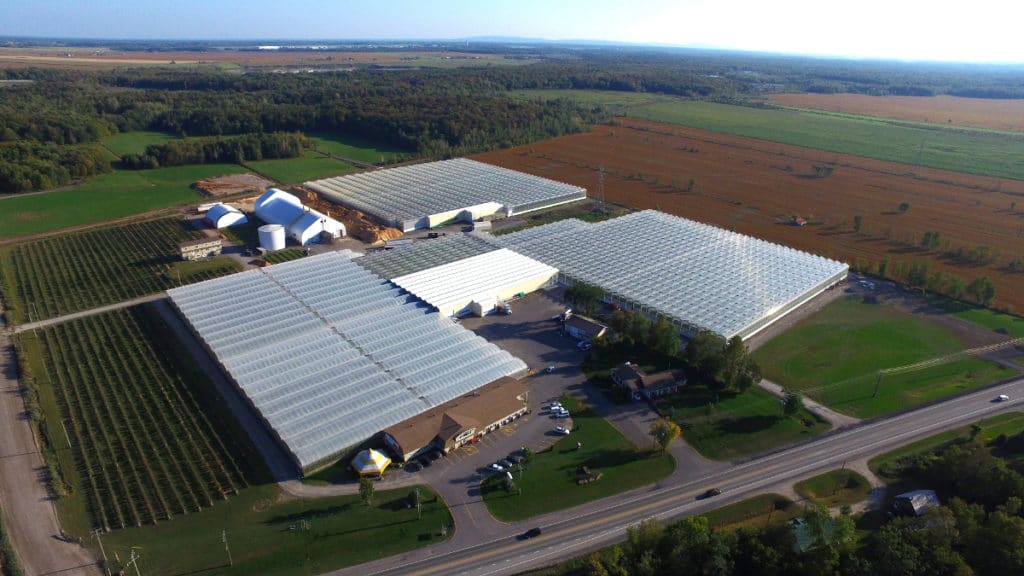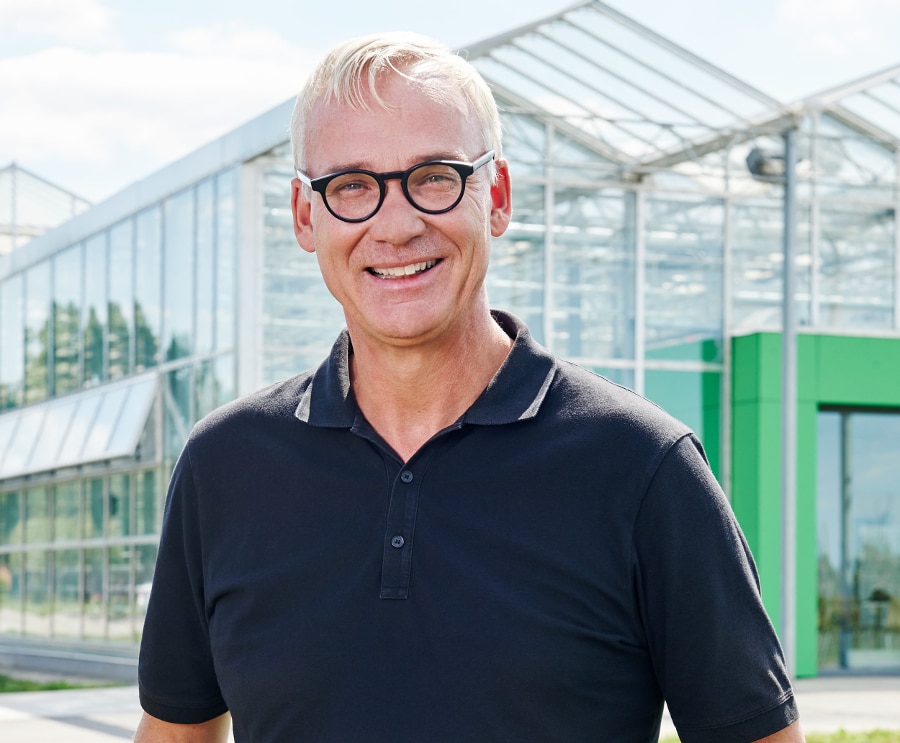Jim Brandle served as chief executive officer for Ontario’s Vineland Research and Innovation Centre for over a decade, overseeing major research projects on tomato and other horticultural crops. The promise held by cannabis lured him into the next phase of his career. He now serves as vice-president of plant performance with Ontario-based Canopy Growth Corporation.
“I have 35 years of experience in the agricultural industry. When I first joined Canopy Growth in 2018 there were very few people that had specific experience with cannabis agricultural R&D, including breeding and crop protection. It felt like a massive opportunity to take the skills I had accumulated over the course of my career and apply them to cannabis,” he says.
“Legal cannabis agriculture is still new and there’s so much room for growth when it comes to advancing plant performance, THC yield, and better sensory experience. It’s incredibly exciting to be part of an industry that is making a substantial difference to people’s lives.”
Those differences come in a myriad of forms.
Brandle notes that cannabis isn’t just about THC anymore. Awareness around CBD and other cannabinoids is building, and consumers are beginning to appreciate the different flavours and aromas present in different cultivars.
Canopy continues to invest in research and innovation to develop strains capable of producing flower for direct consumption and are working to refine the way that people experience cannabis.
“That includes developing varieties that directly meet the needs of consumers with specific desired effects, because we believe that is the future of how people will interact with cannabis,” Brandle says.
“This will include products that can support people to achieve their desired state whether that’s connecting, focusing, managing stress, unwinding or sleeping.”
Canopy is also in a position to increase bud production at the same time as improving consumer quality. This includes understanding genetic diversity and using crosses between diverse strains to take advantage of hybrid vigour.
“In line with that, we are also improving our production systems — fertility, irrigation, disease and insect pest management — so that genetic potential can be fully realized.”

Refining the Experience
According to Charles Pick, senior vice-president of science and innovation for Aurora Cannabis, the changing experience among consumers will only continue and will help spur new innovations in cannabis as those consumers focus less on THC content and consider the full range of qualities exhibited by the plant.
“Yes, a lot of consumers still focus on THC content. They want the most bang for their buck, so to speak. That’s largely because it’s early days in this industry. The same thing happened with alcohol prohibition. You’re going to see a much more sophisticated approach among cannabis consumers in terms of selecting products, which is going to take some time. I compare it to how the fine wine and craft beer industries have evolved,” Pick says.
As consumer preferences shift, so will the way cannabis is produced. Currently, the crop is propagated through cuttings, but researchers are actively working to change that as the genetics evolve. Currently, issues with disease are significant, and producers are extremely limited in terms of what they can use in the way of herbicides. Moving away from cuttings to seed will help solve that, says Greg Baute, senior director of breeding and genetics at Aurora.
“Moving to seed is the next step in the evolution of growing this crop. That shift will remove a lot of the pathogen issues,” Baute says.
Aurora is working full-time on genetic resistance to disease. The company is taking part in a large powdery mildew resistance project in conjunction with the University of British Columbia, made possible through a $2.1-million matching grant from Genome Canada and Genome BC. The project, titled Fast-Tracking Breeding of Powdery Mildew-Resistant Cannabis, is led by UBC researchers Loren Rieseberg and Marco Todesco.
The improved cannabis cultivars will result in reduced losses to pathogen contamination and increase product quality. The breeding pipeline itself will also be used in the future to identify other important production and higher-value traits and introduce them into cannabis cultivars.
The long-term goal, of course, is scaling up production.
“Given that we are in the early stages of the legal cannabis industry, we are still identifying how to grow cannabis at scale. Cannabis is one of the most heavily regulated industries in Canada, and with that, we are always leaning on our team’s creativity and past agriculture experience to develop and implement new best practices,” Brandle adds.
Editor’s Note: This is Part 2 of our feature on cannabis breeding. For Part 1, visit the link below.
https://germination.ca/why-charles-pick-loves-the-grass-business/













